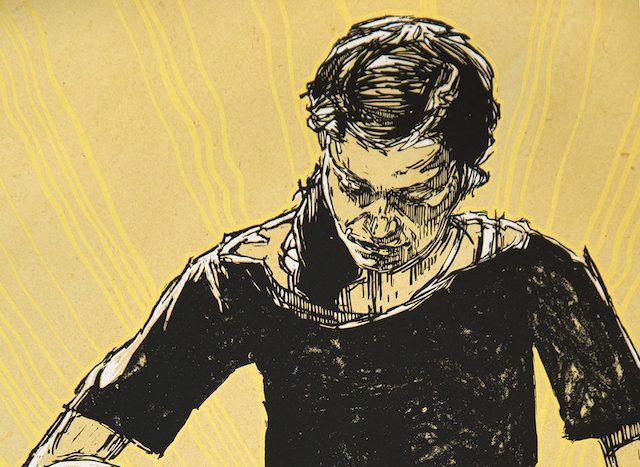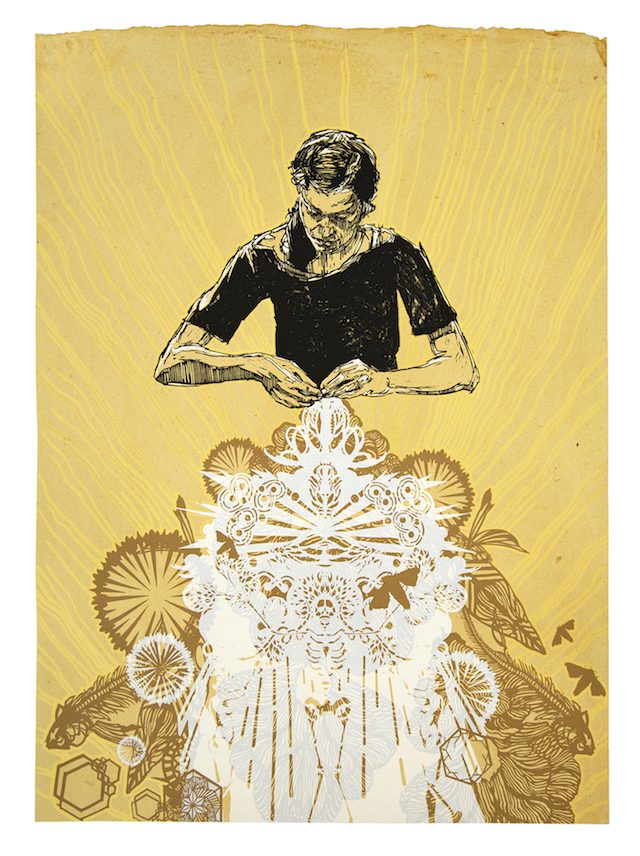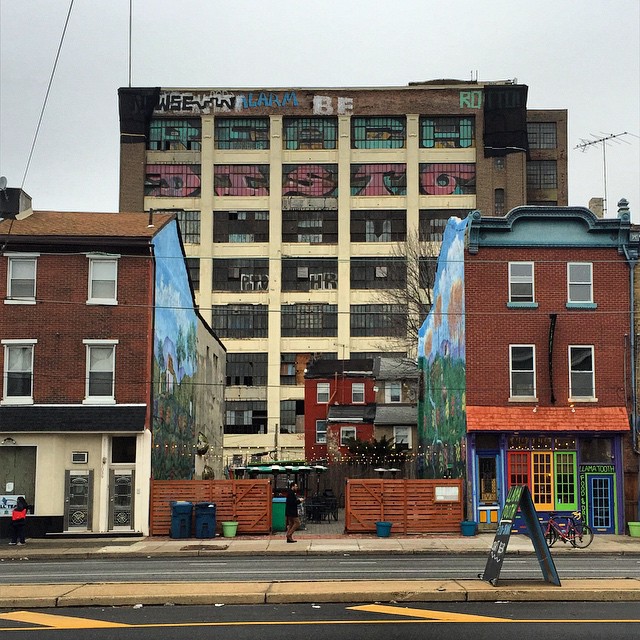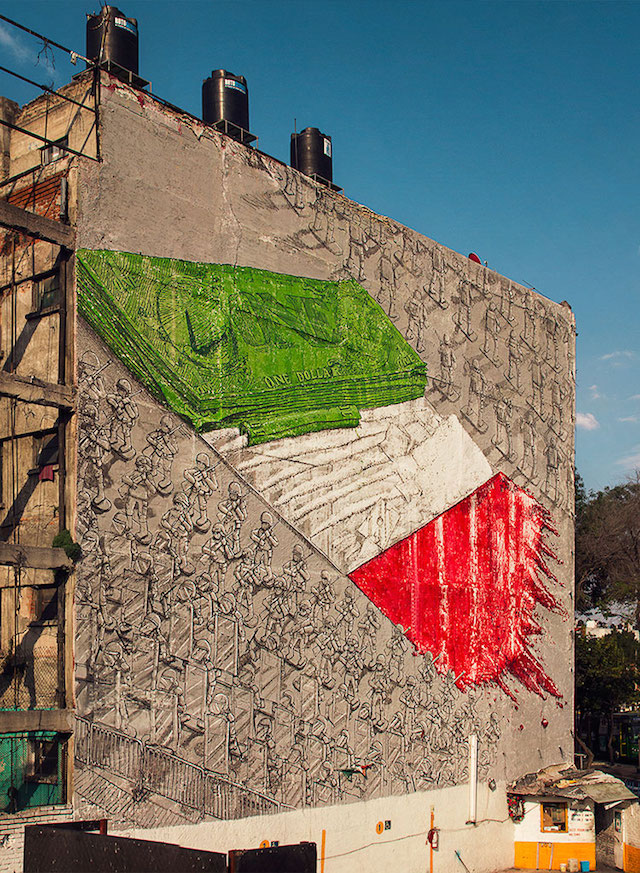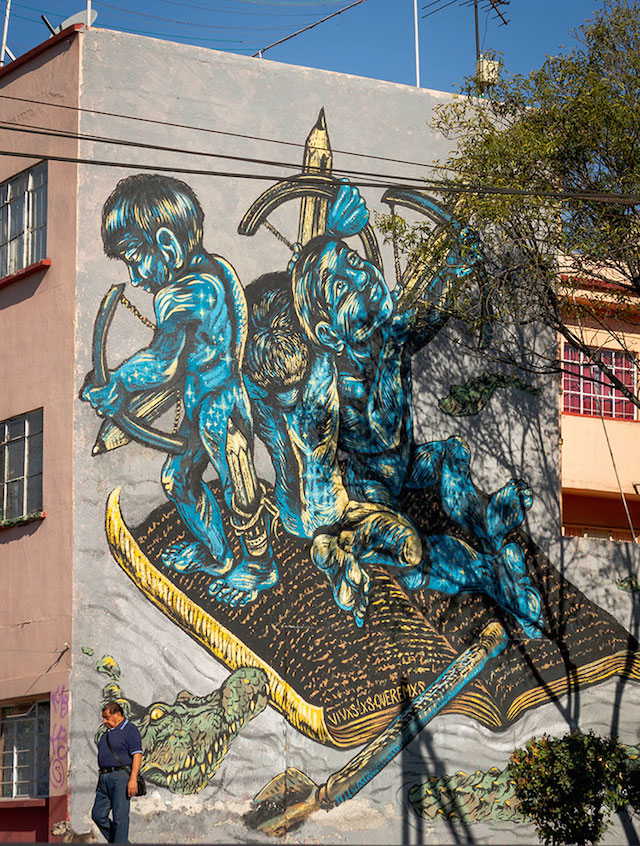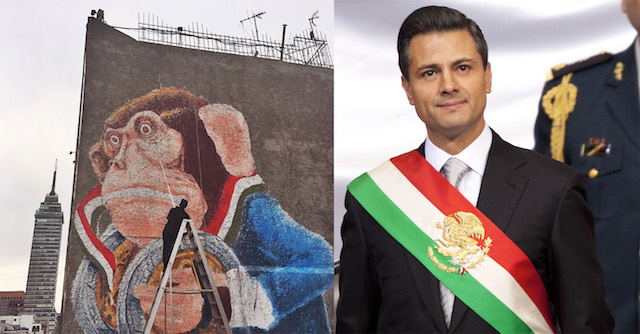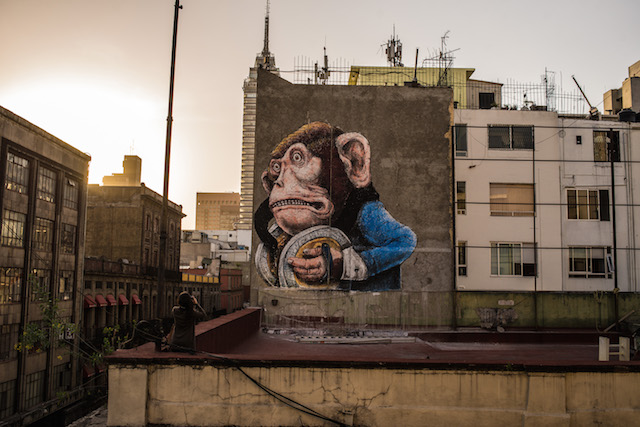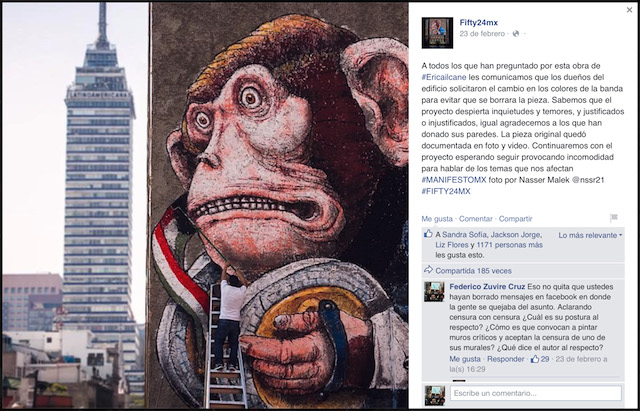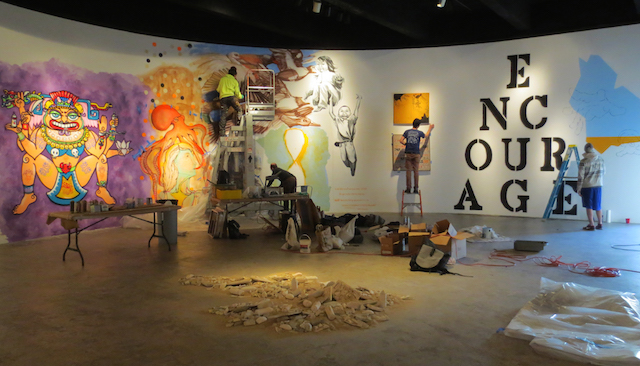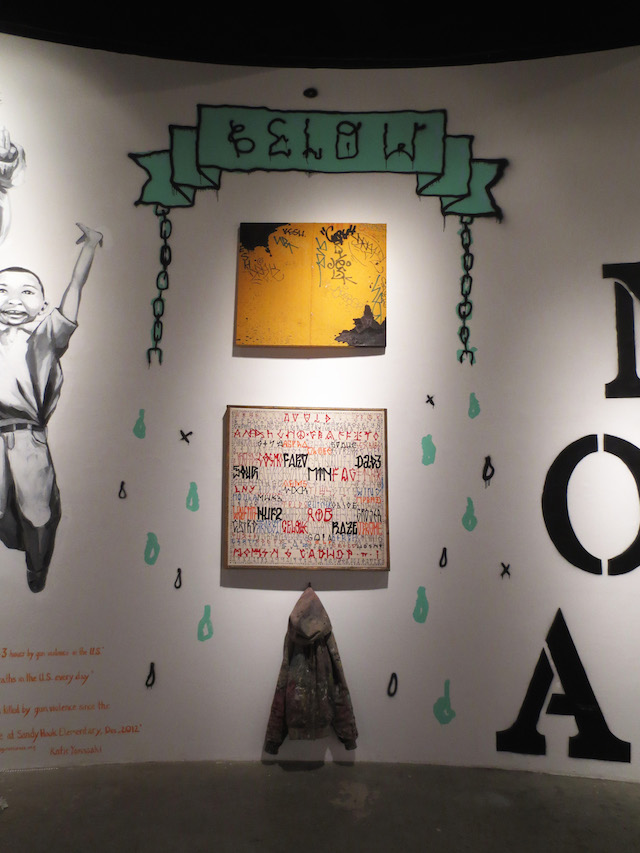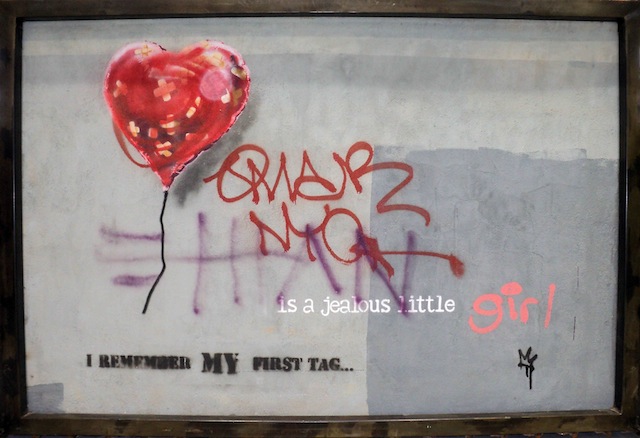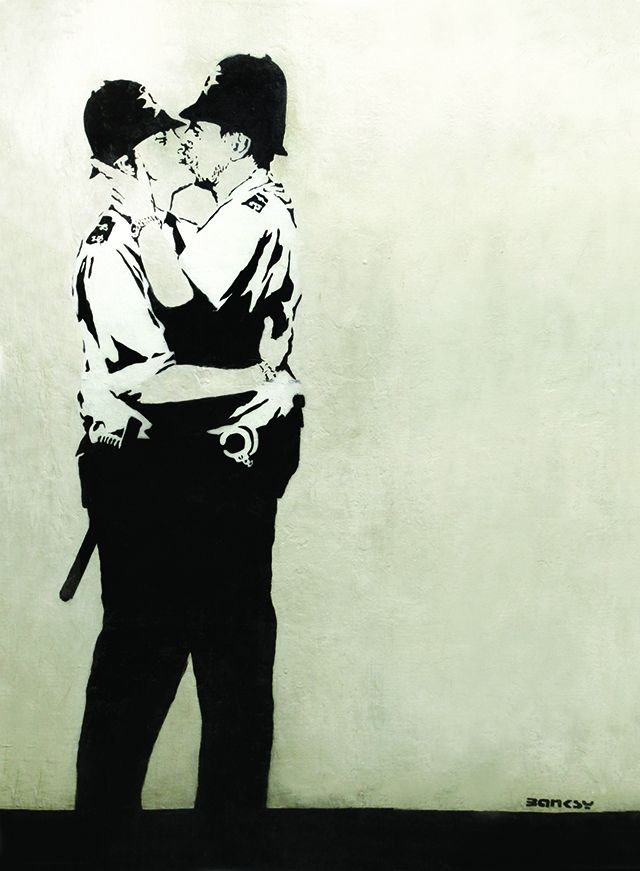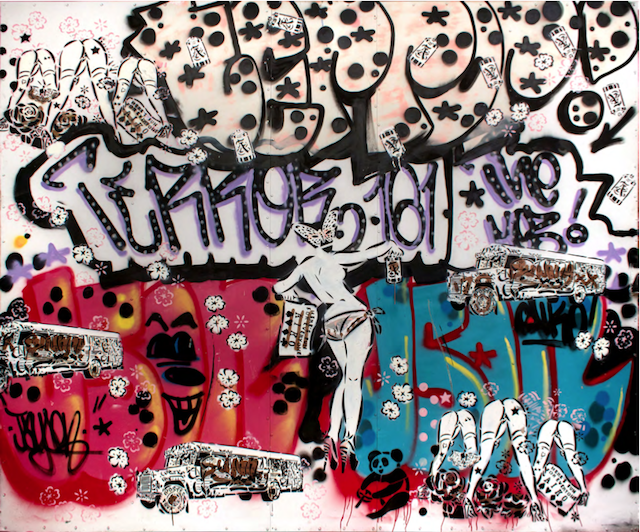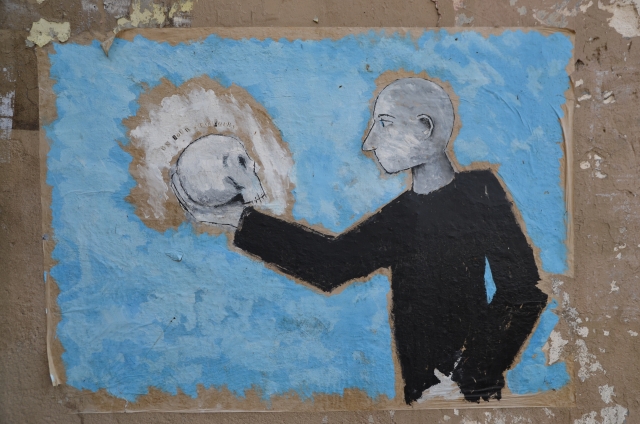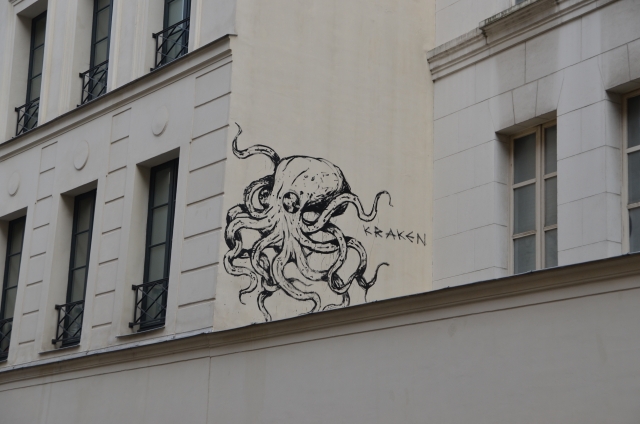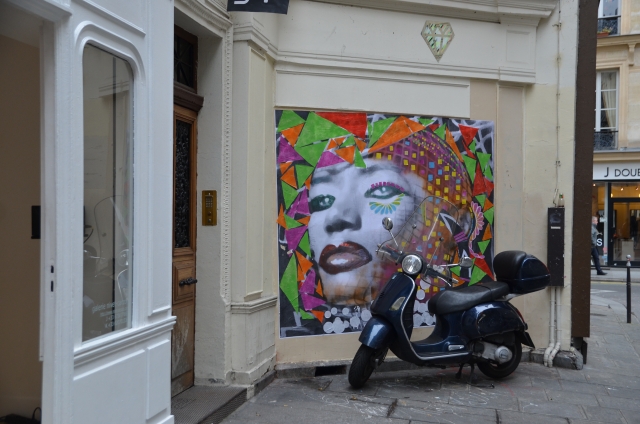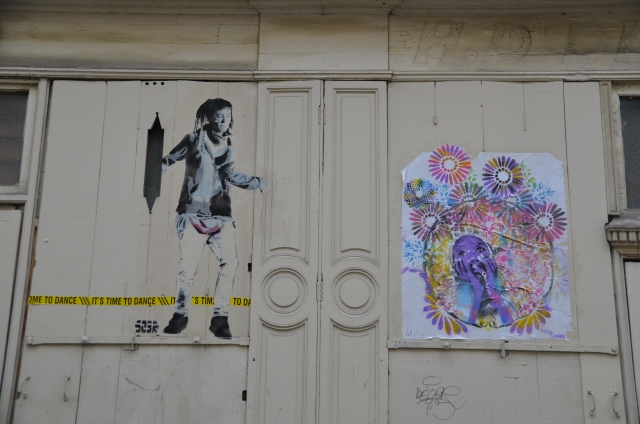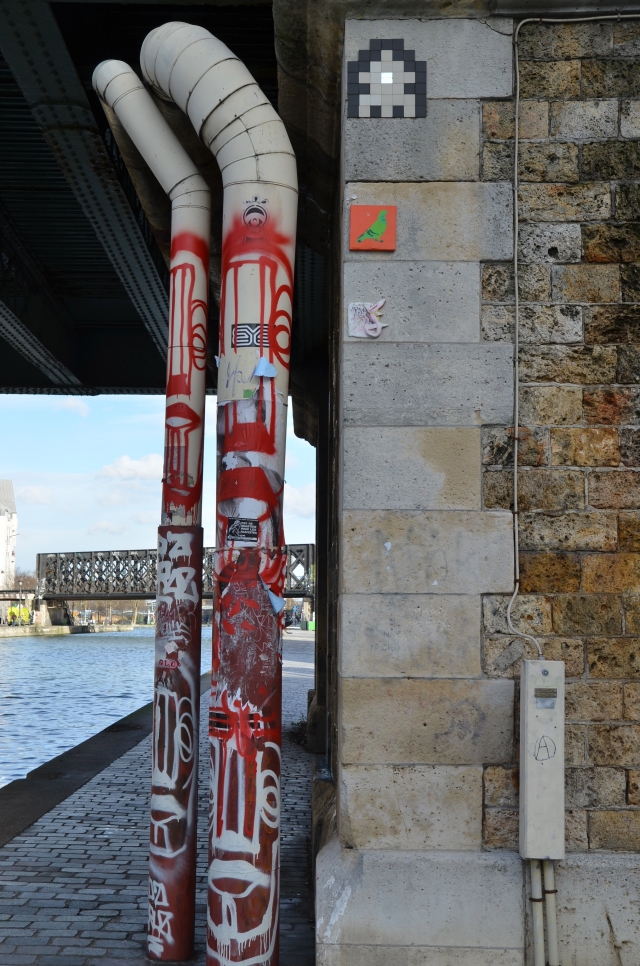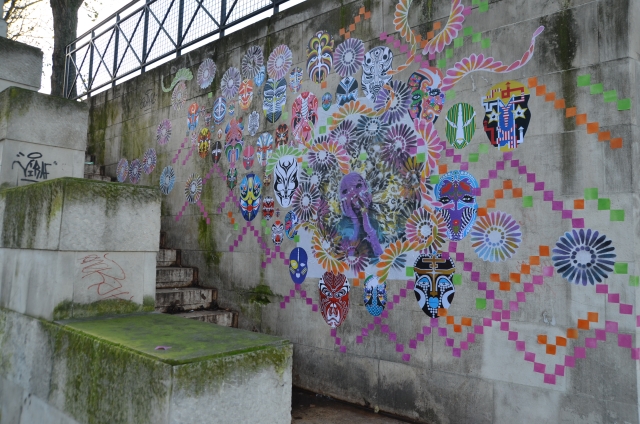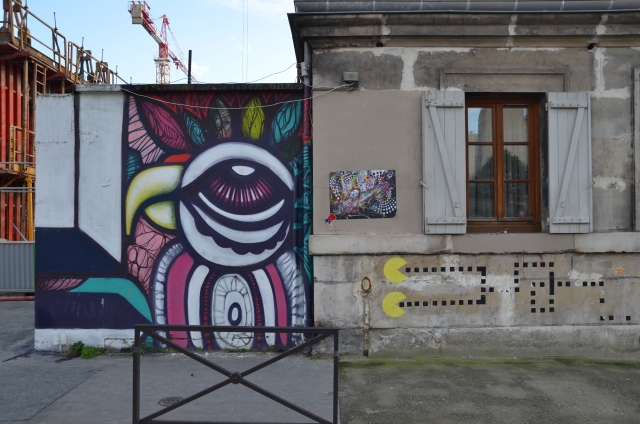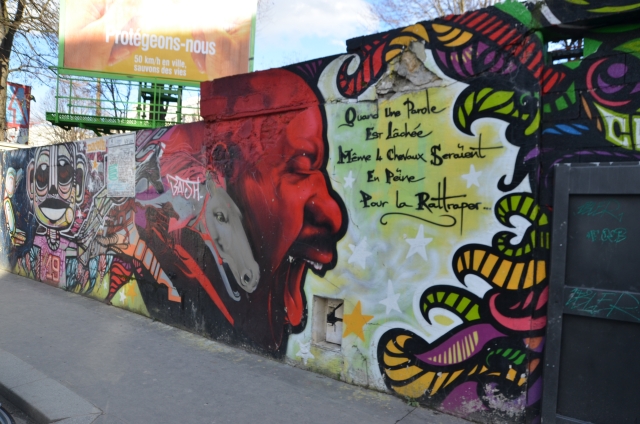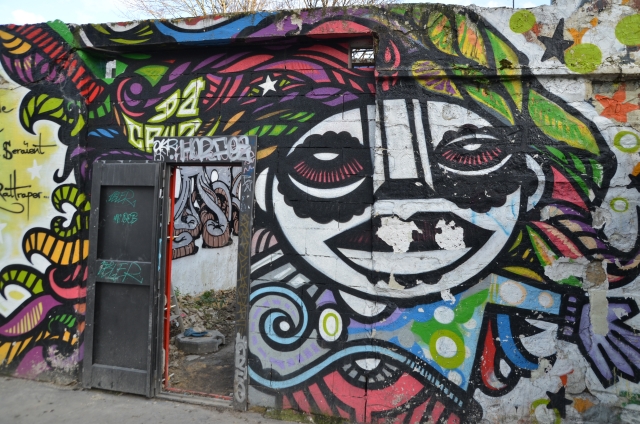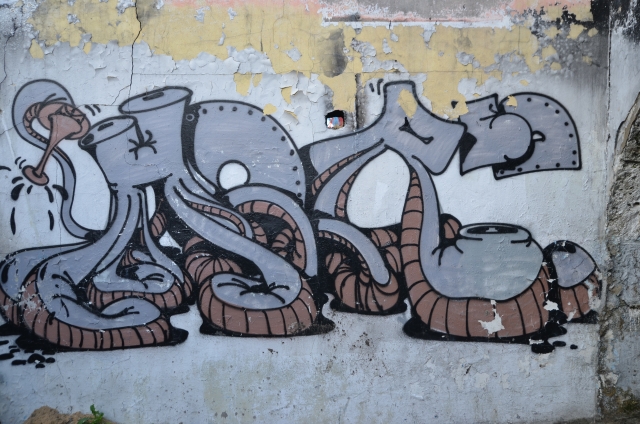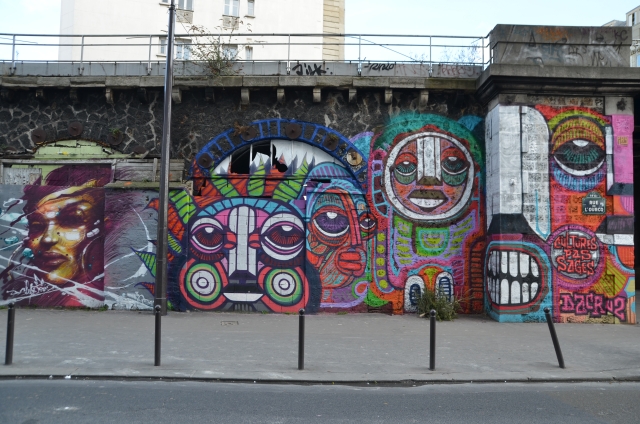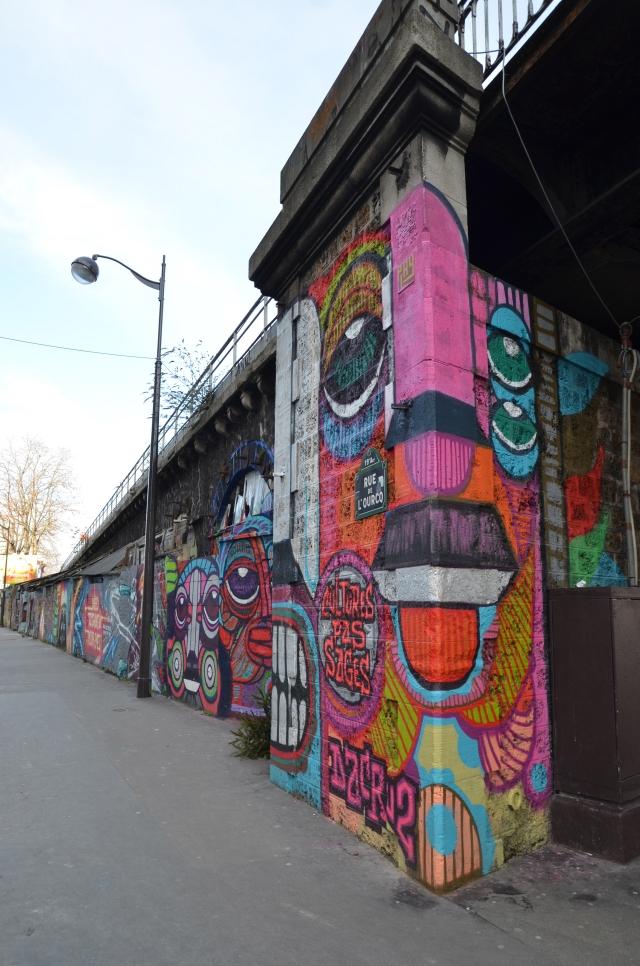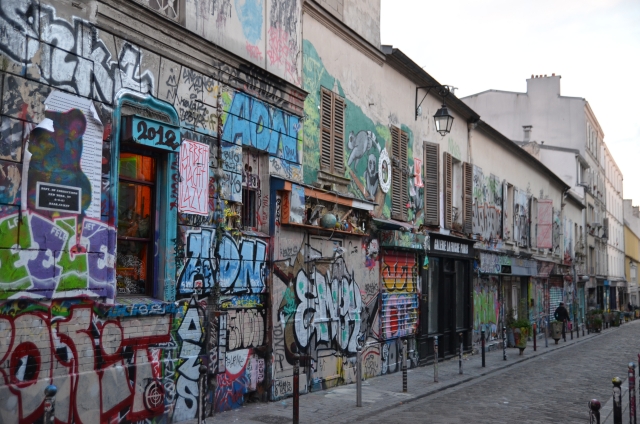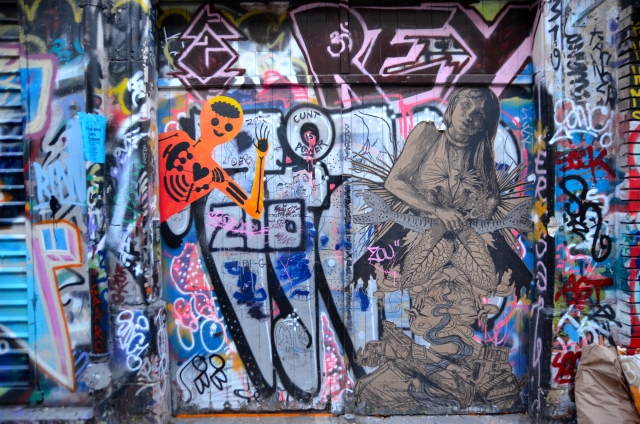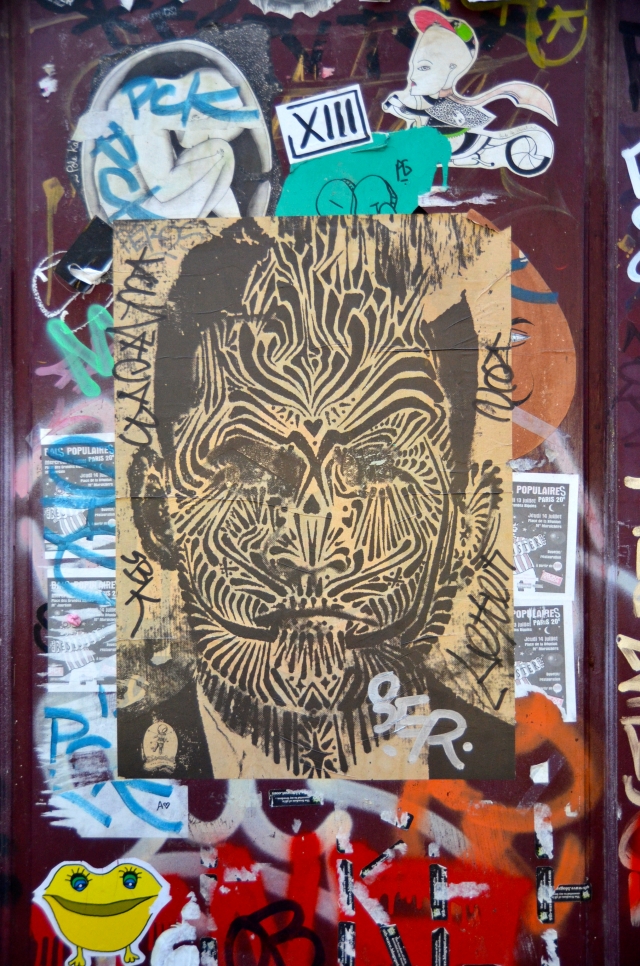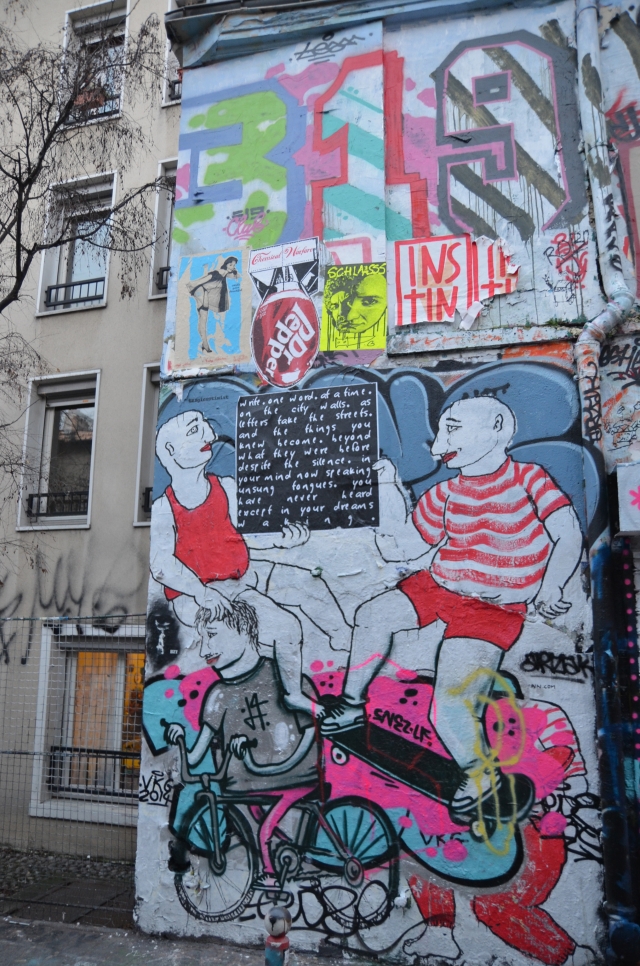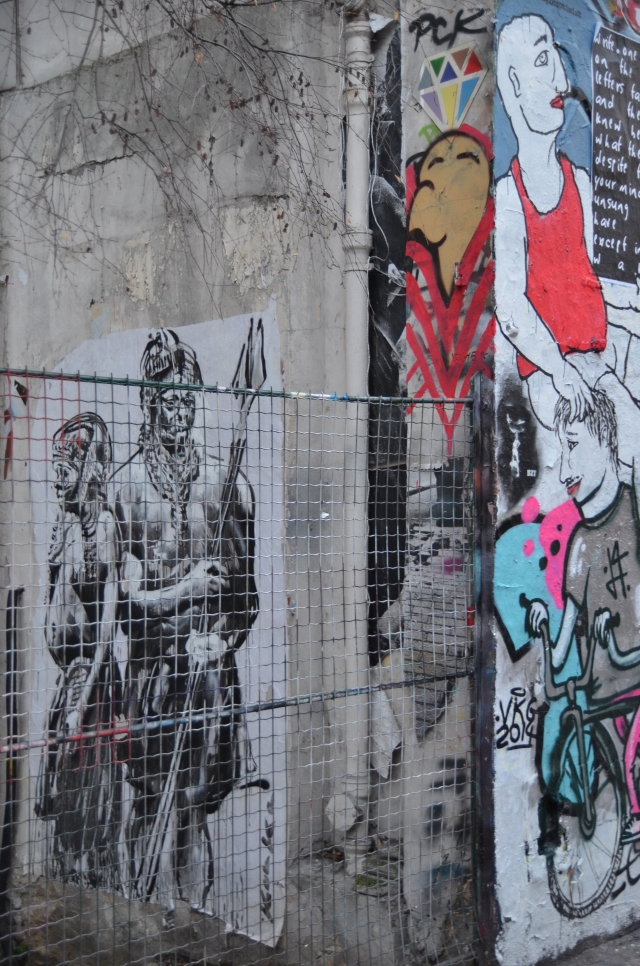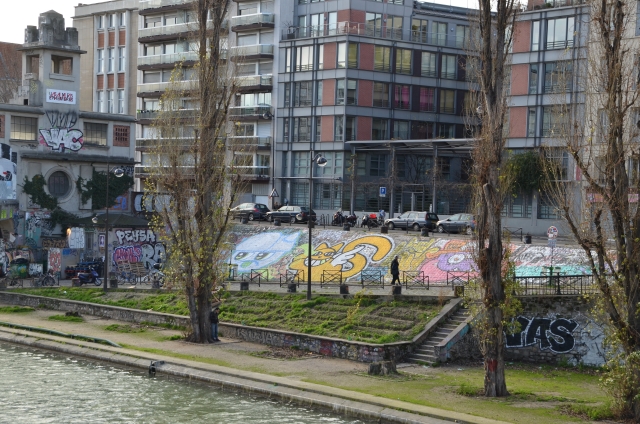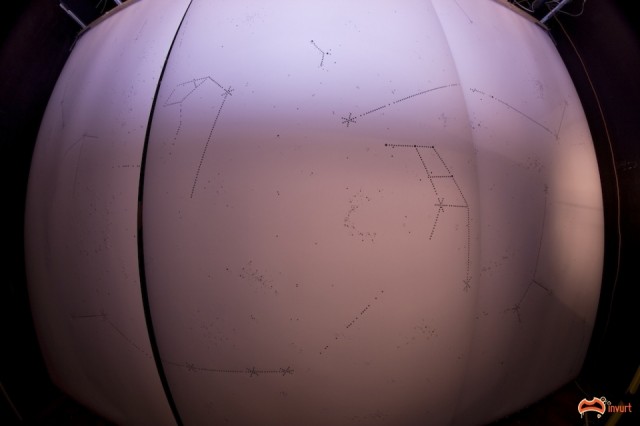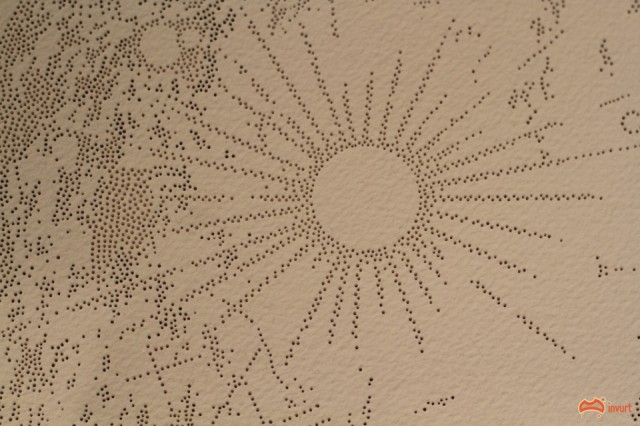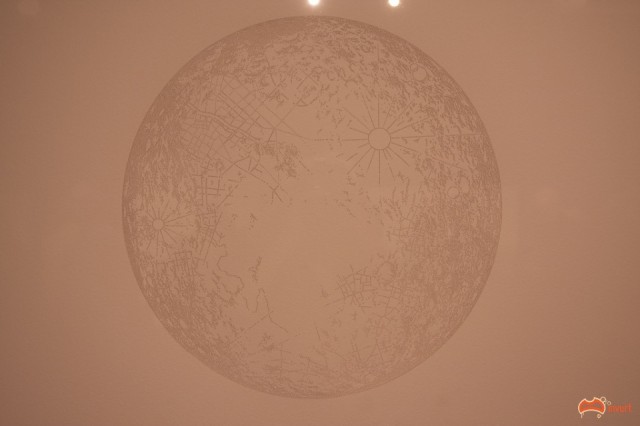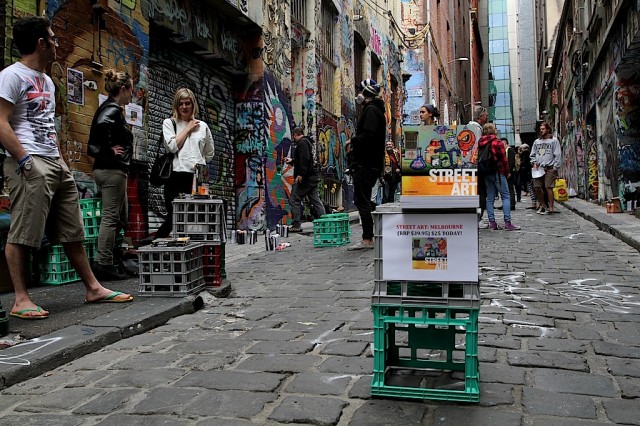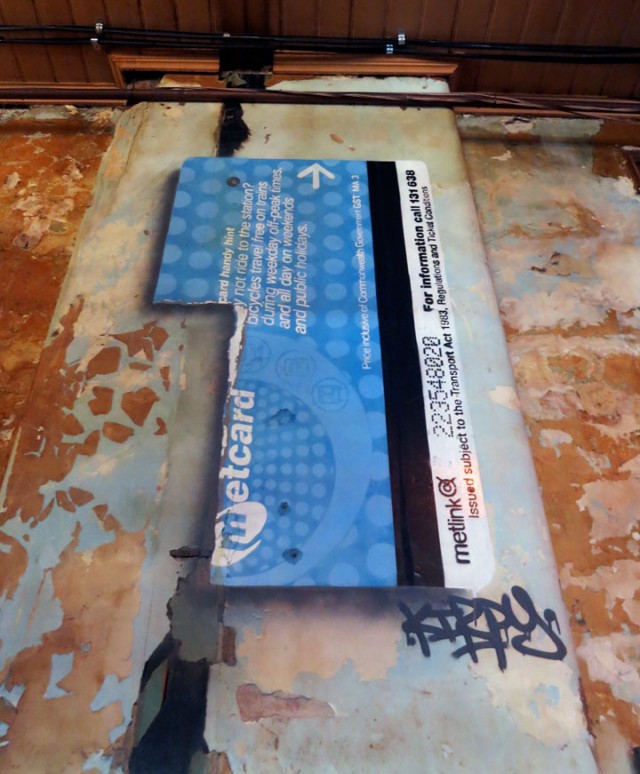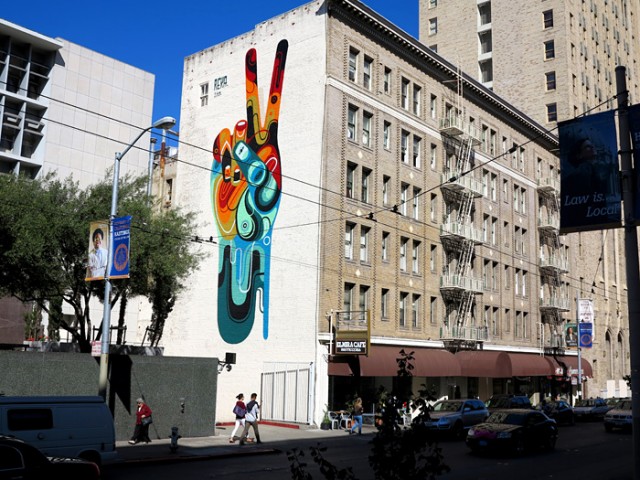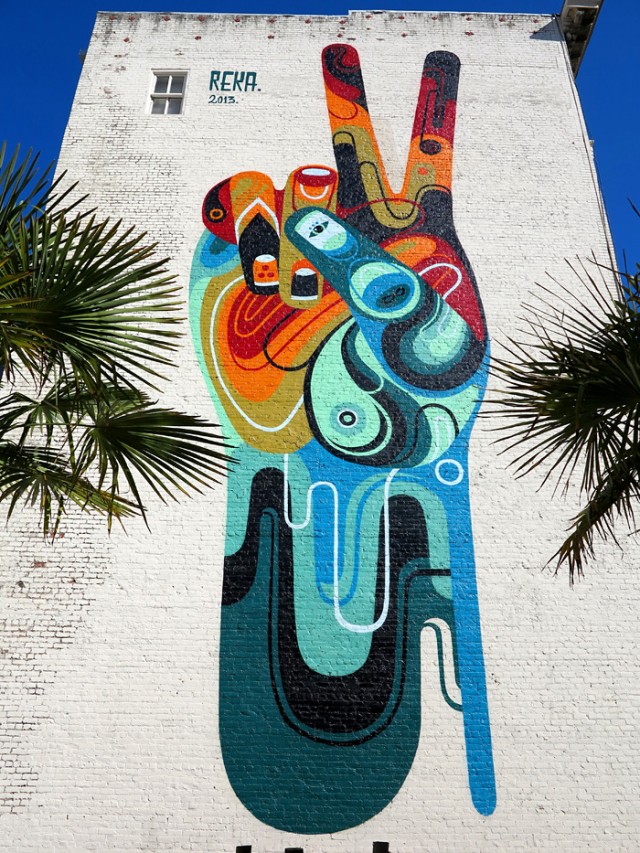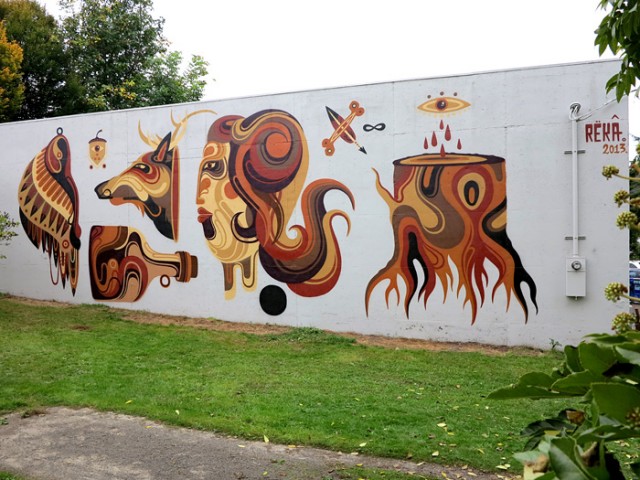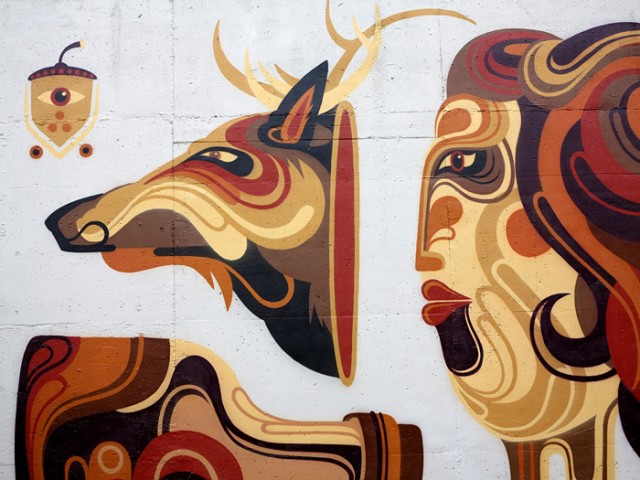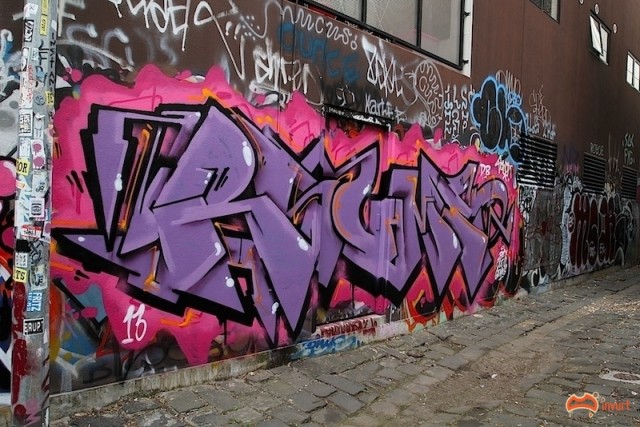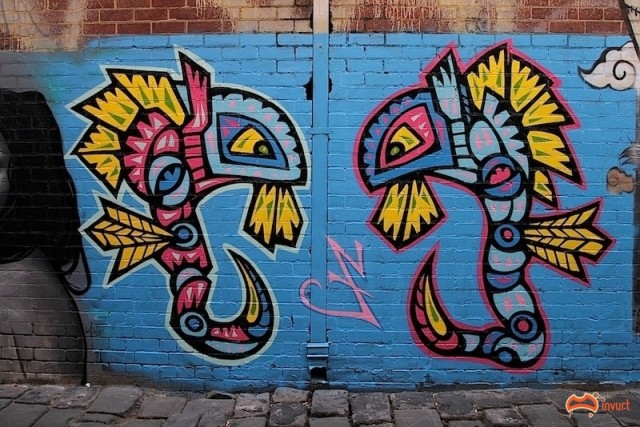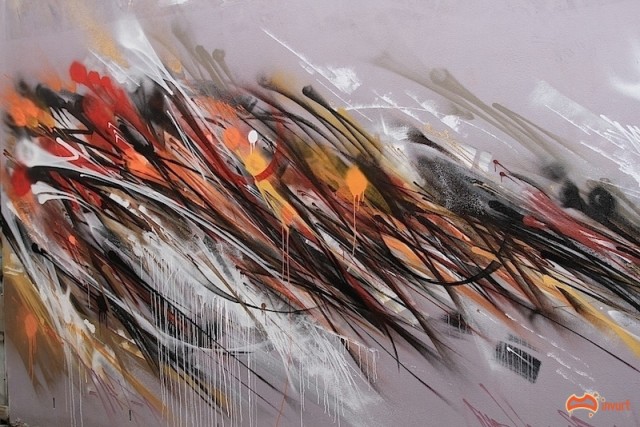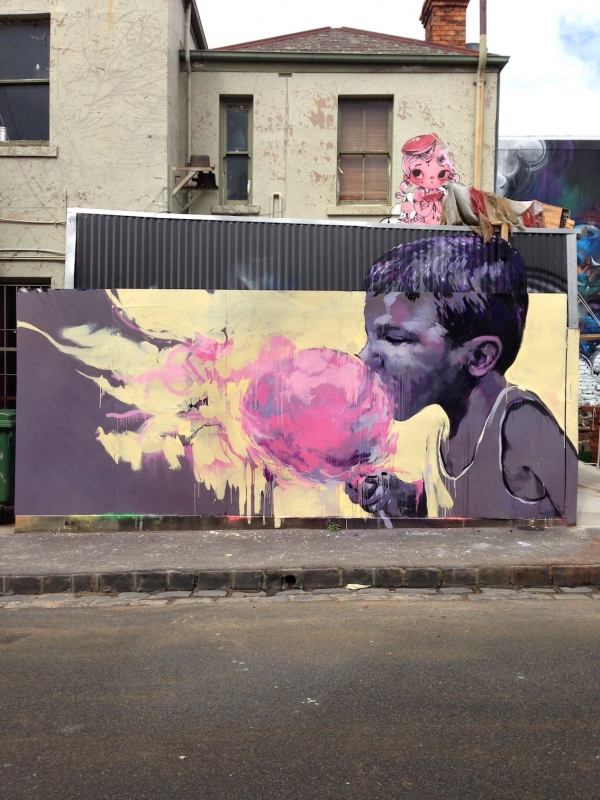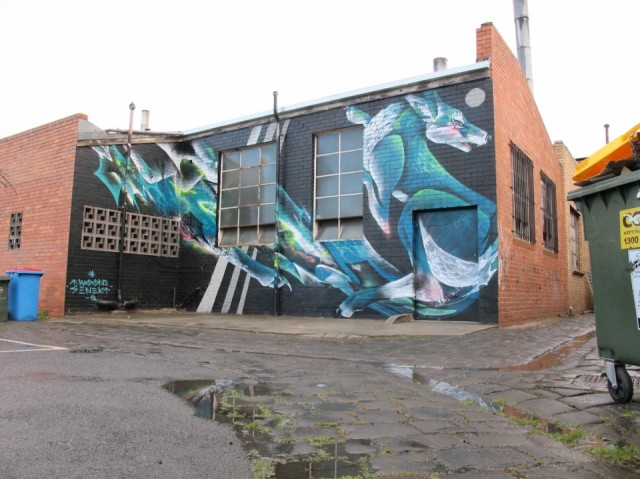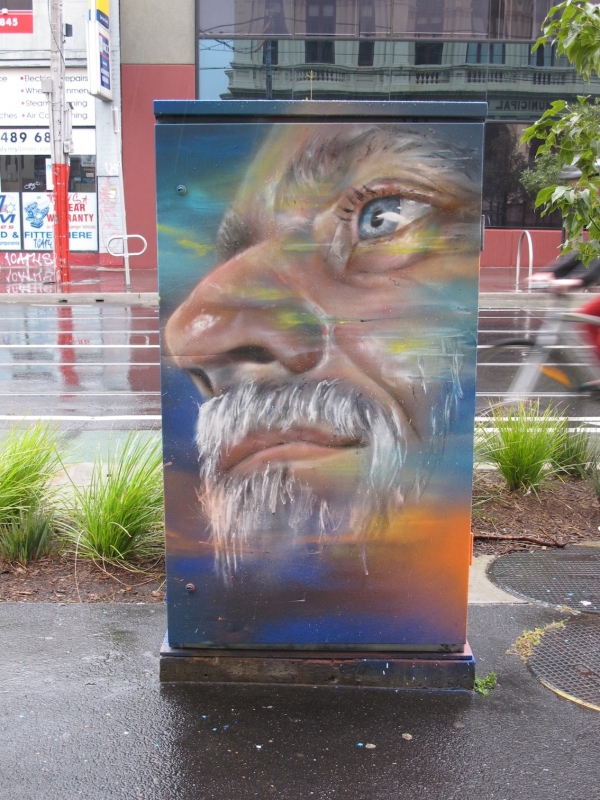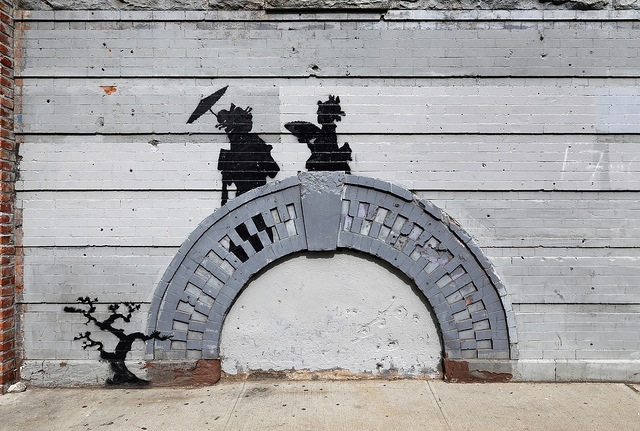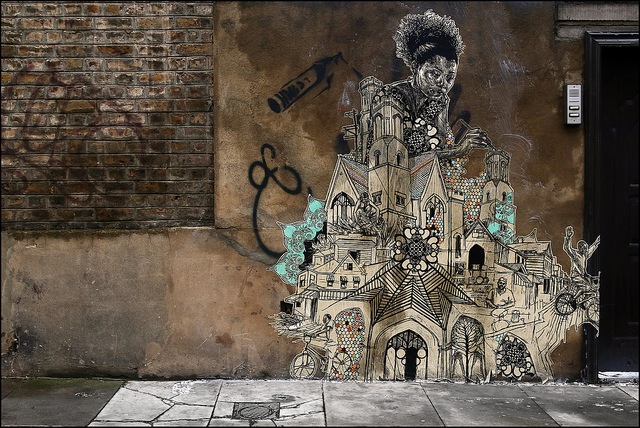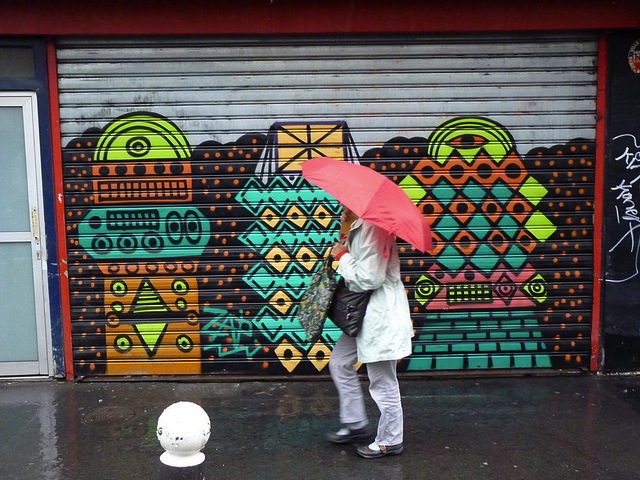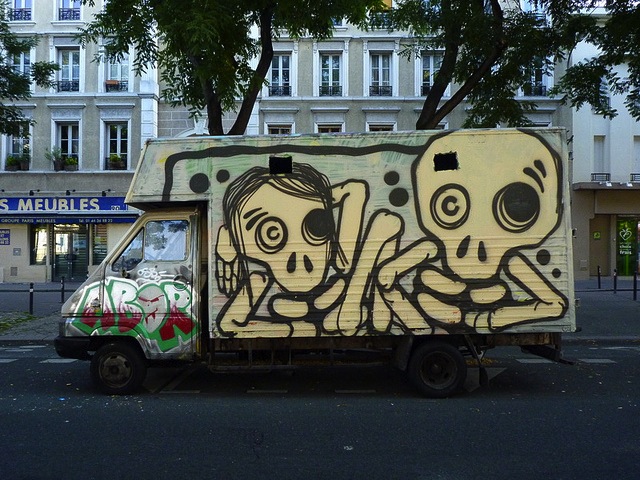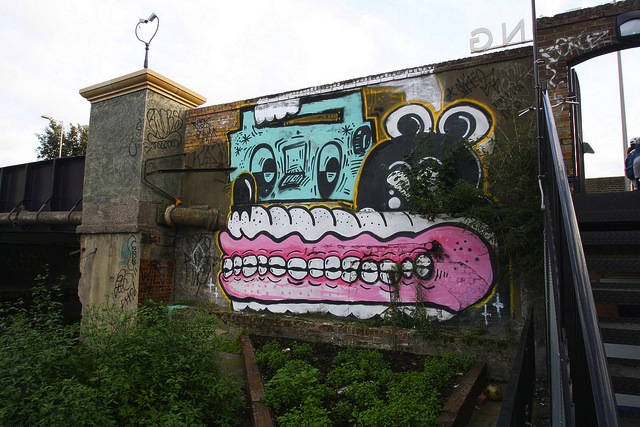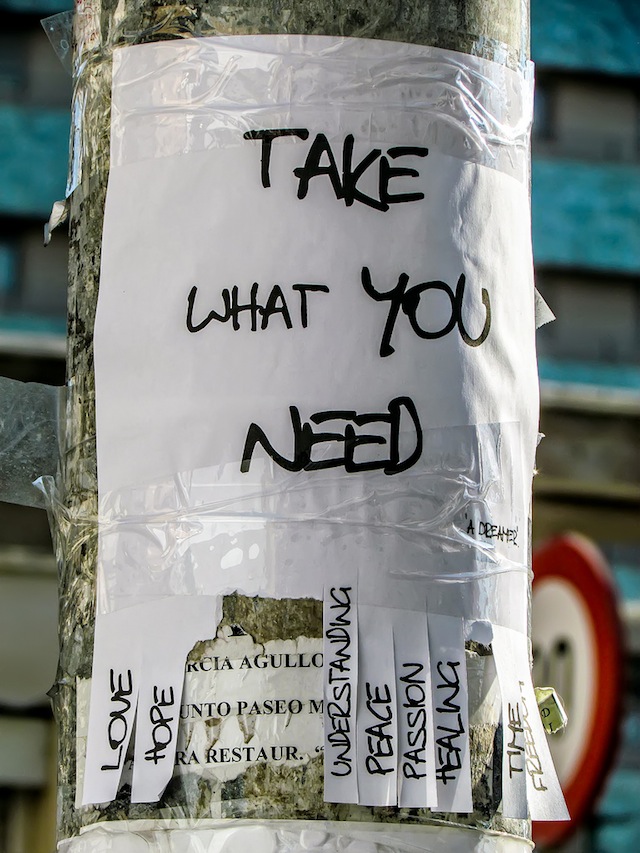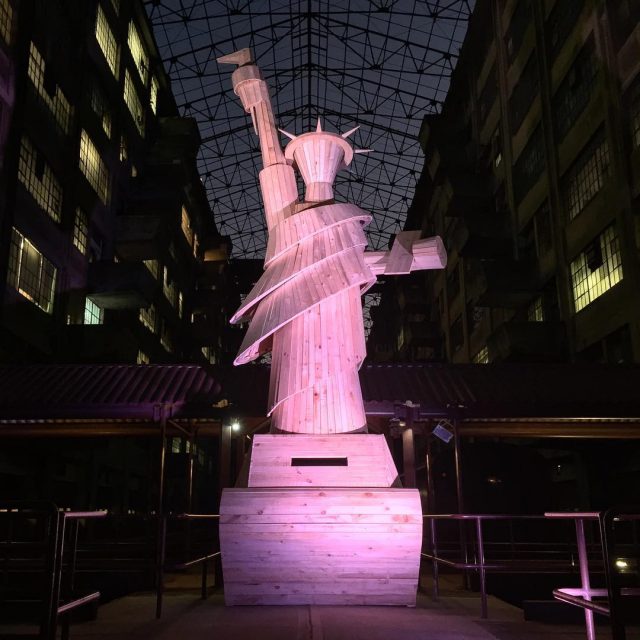
Between two projects launching at Creative Time and preparations underway for two major personal projects (more on one of those in just a moment), Vandalog has been pretty quiet lately. Taking a step back has allowed me to get excited about all the good things happening in street art, graffiti, and public art over the last month or two, and there’s lots more goodness still to come in through the fall. So here’s a bit of a round up of what I’ve been working on, the great things some friends of Vandalog are doing, and all the interesting stuff that people who I were were my friends are doing.
- Over at my office job at Creative Time, we just launched Doomocracy, an immersive artwork by Pedro Reyes. Basically, it’s a haunted house in Brooklyn, themed around the state of American politics. I’llet the folks at artnet News explain. I’ll just add that I am consistently amazed by the epic projects that the production team at Creative Time is able to pull off. Tickets to Doomocracy are free, but right now they’ve all booked up. You can sign up here to get an email if we release more tickets.
- Simultaneously, we’ve also got the Creative Time Summit coming up in DC next week. Dozens of amazing speakers coming together to talk about art, social justice, and the state of democracy. And tickets to that are still available. See you there?
- In January, I’ll be returning to Haverford College in suburban Philadelphia to curate ALL BIG LETTERS, an exhibition about the tools, strategies, motivations, and innovations of graffiti writers. It’s an honor to be curating a show at Haverford’s Cantor Fitzgerald Gallery, where I worked for almost four years while I was in school there. More info on ALL BIG LETTERS as that approaches.
- Swoon has two shows up in Detroit at the moment. Her installation at the Detroit Institute of Arts appears to be classic Swoon, seamlessly merging her aesthetic with an already brilliant space. And her show at Library Street Collective, The Light After, sounds like one of her most ambitious and personal gallery installations to date. The Light After is inspired by a powerful dream that Swoon had the night that her mother passed away. I dare you to read Swoon’s explanation of the experience and the show without tearing up.
- Oh man… gallerist Steve Lazarides is the butt of a mural-sized joke in Melbourne. Props to Adnate for this one. For a more in-depth analysis of the Banksy exhibition Lazarides has curated in Melbourne, Alison Young has this take. A note to Steve: A gift shop? Seriously? The rest of this exhibition I can accept, but the gift shop is messed up.
- Lately, I’ve really been enjoying the work of Flix. Ekosystem has a nice selection of photos to flip through.
- This story (and the accompanying artwork) is great. I think the headline says it all: Brussels Plagued by NSFW Street Art
- Okay, painting guns and tanks on decorative household objects isn’t exactly new, but I love Escif’s particularly poignant take on the idea.
- Fantastic and simple intervention from Elfo. I swear, he’s the MacGyver of street art.
- Usually, I’m at best indifferent to Supreme, but they just released some new t-shirts and hoodies designed by BLADE, so they’ve found a way to tempt even me.
- Martha Cooper is on the cover of the latest issue of Very Nearly Almost. Pick up your copy here.
- One of the great thing about Nuart is that it is a place for debate. This year was no different. As for the murals and street art, Arrested Motion has you covered over two posts. Brooklyn Street Art considers this year’s Nuart theme of “post street art.” All interesting stuff. However, Living Walls’ Monica Campana did make one important critique of this year’s line up and language.
- Wooster Collective is releasing a book to celebrate the 10-year anniversary of their historic 11 Spring Street exhibition. Although I missed the original 11 Spring Street, I’m looking forward to celebrating the project with this book.
- Luna Park, one of the most important photographers of contemporary street art and graffiti, is releasing her first book. (Un)Sanctioned: The Art on New York Streets will launch next month as part of the 10 Years of Ad Hoc Art show at Brooklyn’s 17 Frost Gallery, and you can pre-order the book on Amazon. This is LONG overdue. We all know that there’s a glut of generic street art and graffiti photography books already on the market, but (Un)Sanctioned seems likely to be an essential purchase on par with Trespass, Subway Art, and Stuck Up Piece of Crap.
Photo by RJ Rushmore

